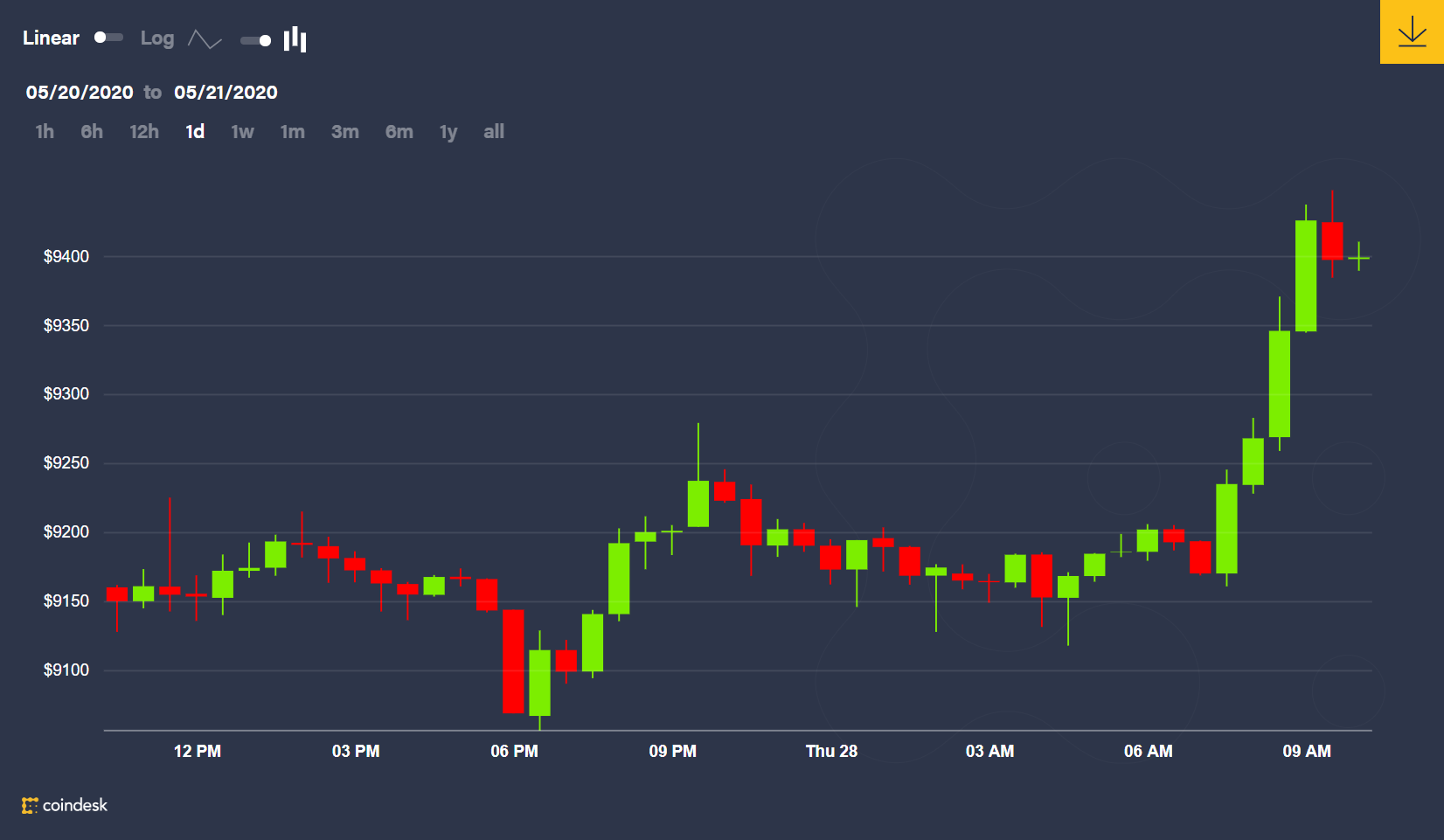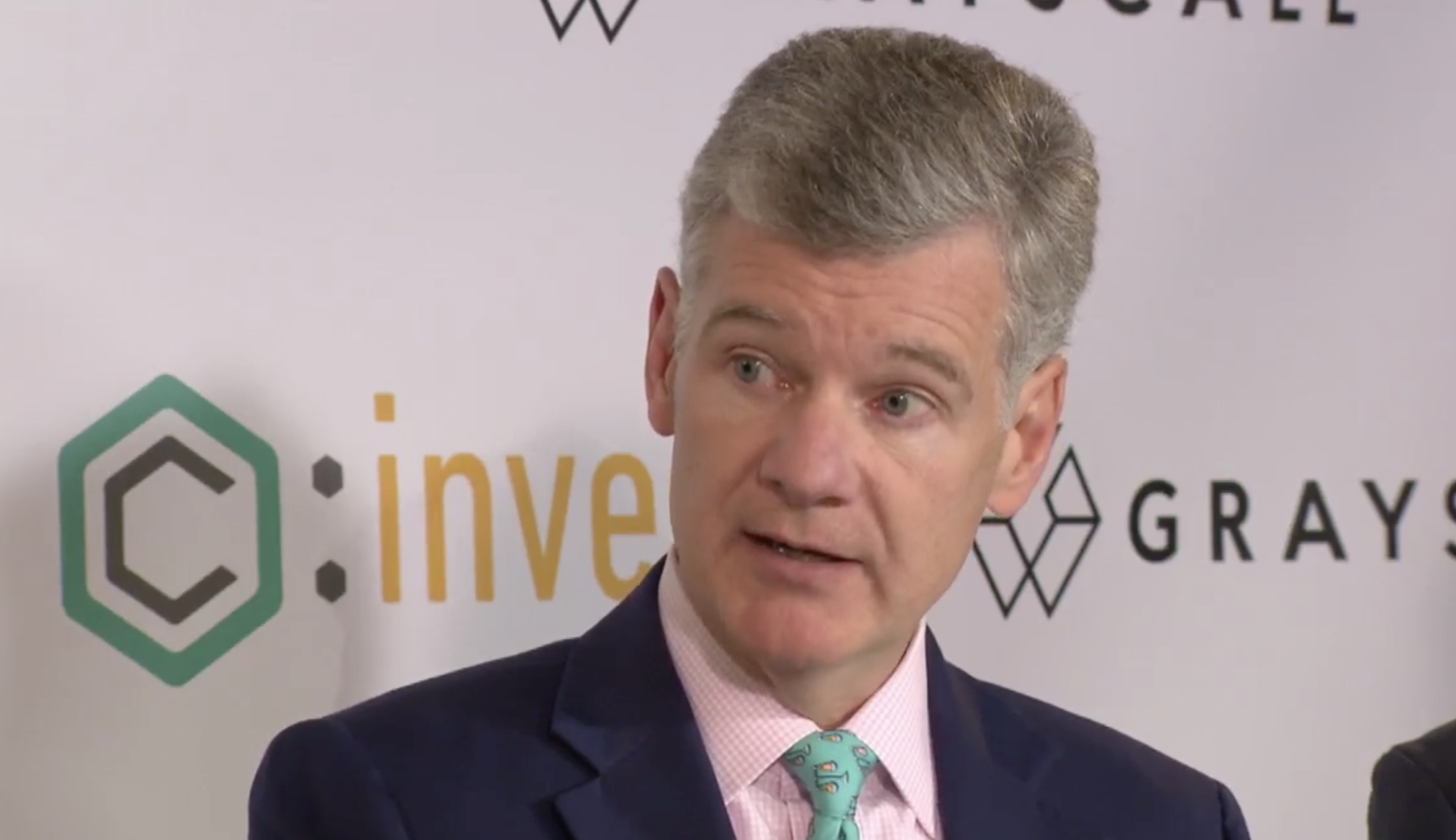Karl Floersch’s ‘Optimism’ Tech Paved the Way for Coinbase’s ‘Base’ Blockchain
/arc-photo-coindesk/arc2-prod/public/LXF2COBSKBCNHNRE3WTK2BZ7GE.png)
One of the major crypto stories of 2023 was the rollout of the Coinbase exchange’s layer 2 network, “Base,” which made use of Optimism’s blockchain technology.
The face of OP Labs, the main development firm for the popular Optimism protocol, is CEO Karl Floersch. He started in this role in May 2023, but he’s been part of the company since May 2020, when he joined as CTO to focus on building what was then an experimental solution to scale Ethereum.
This profile is part of CoinDesk’s Most Influential 2023. For the full list, click here.
During his time at OP Labs, he oversaw the release of the OP Stack, a set of tools that enable developers to build their own layer 2 chains using Optimism’s technology. The stack went live during Optimism’s Bedrock upgrade, which was a major overhaul to the network.
“I think that it actually represents a new and really exciting step forward in how we think about open source software development, to be honest,” Floersch said of the OP Stack in an interview with CoinDesk.
Floersch is an old hand in the Ethereum scene. Before OP Labs, Floersch worked at development studio ConsenSys as a blockchain engineer, followed by a stint in research at the Ethereum Foundation, according to his LinkedIn profile.
Optimism’s open-source stack has made its way around the Ethereum ecosystem. In 2023, it scored a major client, the largest U.S. crypto exchange, Coinbase. The team at Coinbase, led by Jesse Pollak (also on the Most Influential list), worked closely with Floersch and the folks at OP Labs to build their own layer 2, known as Base.
One of the reasons why the OP Stack was chosen, according to Pollak, is its “modular” framework. Over the past year, zero-knowledge rollups have been surging in popularity. They make use of complex cryptography to “prove” that a certain transaction exists almost instantaneously using only a snippet of information. By contrast, optimistic rollups, which the OP stack is based on, take far longer for transactions to finalize. Because the OP Stack is modular, it can eventually make use of proofs from both optimistic and zero-knowledge rollups, Pollak argues.
Edited by Marc Hochstein.









